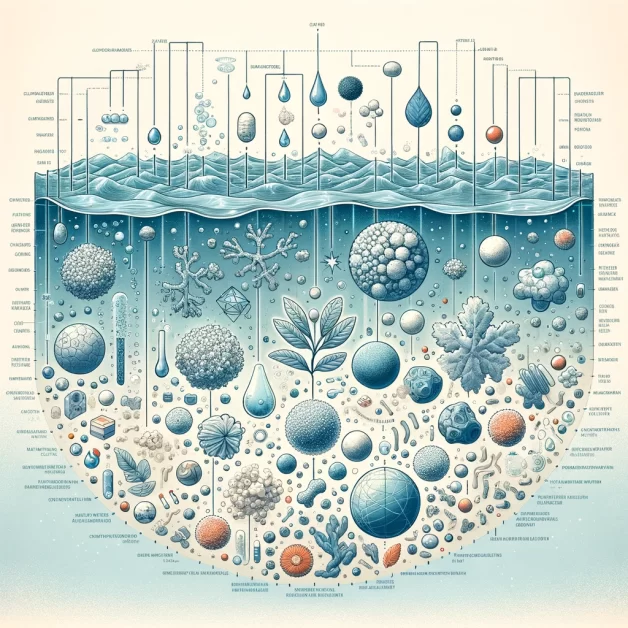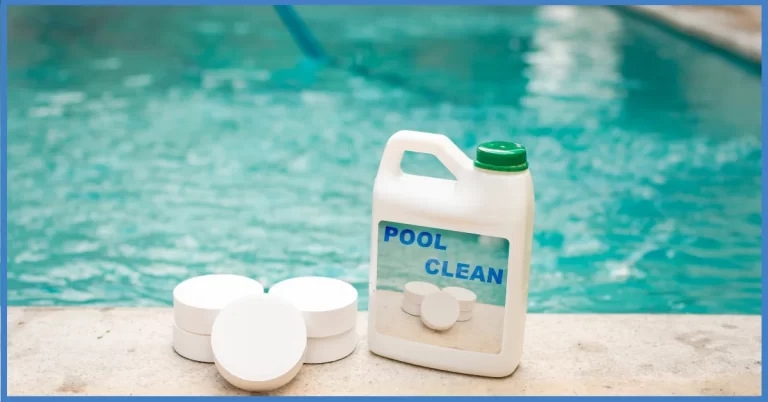What is Total Dissolved Solids (TDS) in Hot Tub
Learn everything about Total Dissolved Solids (TDS) in your hot tub: Understand the importance of keeping TDS levels below 1500 ppm for crystal clear water, optimal balance, and how to manage high TDS to prevent cloudy water and scaling.
Total Dissolved Solids (TDS) in a hot tub refer to the combined content of all organic and inorganic substances contained in the water.

These substances can include minerals, salts, metals, cations, or anions dissolved in water. TDS levels are a key indicator of water quality and clarity in hot tubs, as well as in pools and other bodies of water.
| TDS Level (ppm) | Water Quality | Action Required |
|---|---|---|
| Below 1500 ppm | Ideal | Maintain current water care routine. |
| Above 1500 ppm | High (Problematic) | Consider partial or complete water replacement. Check and balance other water chemistry parameters. |
Importance of Monitoring TDS Levels
- Water Clarity and Balance: TDS levels are crucial for maintaining the clarity and chemical balance of hot tub water. Low TDS levels indicate clean, fresh water, whereas high levels can interfere with the effectiveness of sanitizers and disrupt water balance.
- Below 1500 ppm: The recommended TDS level for hot tubs is below 1500 parts per million (ppm). This range helps ensure that the water remains clear and that the hot tub components function efficiently.
- High Levels and Their Effects: When TDS levels exceed 1500 ppm, it can lead to various issues, including cloudy water, which diminishes the aesthetic appeal and enjoyment of the hot tub. High TDS levels can also cause scaling on the hot tub’s surface and its components, potentially leading to damage or reduced efficiency. Additionally, elevated TDS levels can reduce the effectiveness of sanitizers, making it harder to maintain clean and safe water.
CYA Calculator for Hot Tub
Feel free to use our hot tub volume calculator.
| Parameter | Recommended Value | Purpose |
|---|---|---|
| pH | 7.4 – 7.6 | Maintains water balance and sanitizer effectiveness. |
| Total Alkalinity | 80 – 120 ppm | Helps stabilize pH levels. |
| Calcium Hardness | 150 – 250 ppm | Prevents water from being too soft or too hard. |
| Chlorine | 1 – 3 ppm | Sanitizes the water by killing bacteria and algae. |
| Bromine | 3 – 5 ppm | An alternative sanitizer for those with chlorine sensitivity. |
| Cyanuric Acid (CYA) | 30 – 50 ppm | Protects chlorine from UV degradation in outdoor hot tubs. |
| Total Dissolved Solids (TDS) | Below 1500 ppm | Ensures water clarity and prevents scaling and cloudiness. |
Managing TDS Levels
- Regular Testing: Use a TDS meter to regularly test the water in your hot tub. This will help you monitor the TDS levels and take action when necessary.
- Water Replacement: Partially or completely replacing the water in your hot tub can help reduce high TDS levels. This is often the most effective method for lowering TDS.
- Maintain Water Chemistry: Keeping the hot tub’s water chemistry balanced, including pH, alkalinity, and sanitizer levels, can help minimize the increase in TDS levels.
- Avoid Contaminants: Minimize the introduction of contaminants into the hot tub, such as body oils, lotions, and dirt, which can contribute to the TDS level. Encourage users to shower before entering and keep the hot tub covered when not in use.

Caption: “Understanding Total Dissolved Solids (TDS) is crucial for maintaining clean and healthy water in your hot tub. High TDS levels can lead to cloudy water and other issues, but with proper management, you can enjoy crystal-clear water every time you soak!”
In summary, Total Dissolved Solids are an important aspect of hot tub maintenance, affecting water clarity, balance, and the overall health of the hot tub system. Regular monitoring and appropriate maintenance actions are key to ensuring your hot tub’s water remains within the ideal TDS range, providing a safe and enjoyable experience for all users.
Explore Our Hot Tub Resources
- Hot Tub Essentials: A comprehensive collection of guides and tools for hot tub owners and enthusiasts.
- Safety First: Key safety tips and guidelines to ensure your hot tub experience is both enjoyable and safe.
- Design Inspirations: Creative ideas and designs to help you visualize and create your dream hot tub setting.
- Calculation Tools: Essential calculators for budgeting and planning your hot tub installation and maintenance.
- Accessories Galore: The best accessories to enhance your hot tub experience, from practical to luxurious.
- Maintenance Guide: Troubleshooting and maintenance advice to keep your hot tub in pristine condition.
- Water Care Simplified: Everything you need to know about keeping your hot tub water clean, clear, and comfortable.
What are Total Dissolved Solids (TDS)?
Total Dissolved Solids (TDS) refer to the combined total of organic and inorganic substances dissolved in your hot tub water, including minerals, salts, and metals.
Why is it important to keep TDS levels below 1500 ppm?
Keeping TDS levels below 1500 ppm ensures that your hot tub water remains clear, balanced, and free of issues like cloudiness and scaling that can damage your hot tub and affect water quality.
What causes high TDS levels in hot tubs?
High TDS levels can result from the accumulation of chemicals, body oils, lotions, and other substances introduced into the water over time.
How can I lower high TDS levels in my hot tub?
To lower TDS levels, you can partially or completely replace the hot tub water, ensuring to rebalance the water chemistry afterward. Regular maintenance and avoiding excessive chemical use can also help prevent TDS levels from rising.
Can high TDS levels affect the effectiveness of sanitizers?
Yes, high TDS levels can reduce the effectiveness of sanitizers like chlorine and bromine, making it harder to maintain clean and safe hot tub water.
Need further assistance?
Need help finding the answers you need? Let’s have a conversation.










